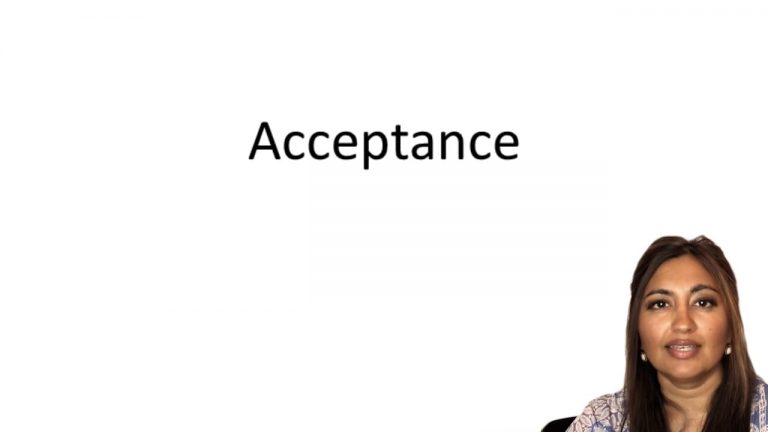SmartBrief
Confirm favorite deletion?
Contracts Keyed to Epstein
La Salle National Bank v. Vega
Citation:
167 Ill.App.3d 154, 117 Ill.Dec. 778, 520 N.E.2d 1129 (1988)Facts
Exhibit A is a document, drafted by counsel of plaintiff, entitled “Real Estate Sale Contract.” On the first page of this document appears the date March 12, 1985, and the statement was “Attached Rider is part of this Contract.” One of the Rider’s provisions states: “This contract has been executed and presented by an authorized agent for the purchaser, the beneficiaries of the La Salle National bank, as Trustee for the benefit of the Trust.” Defendant argued that the alleged contract was unenforceable because it was not signed in accordance with its terms and provisions and because plaintiff abandoned it.
Only StudyBuddy Pro offers the complete Case Brief Anatomy*
Access the most important case brief elements for optimal case understanding.
*Case Brief Anatomy includes: Brief Prologue, Complete Case Brief, Brief Epilogue
- The Brief Prologue provides necessary case brief introductory information and includes:
Topic:
Identifies the topic of law and where this case fits within your course outline.Parties:
Identifies the cast of characters involved in the case.Procedural Posture & History:
Shares the case history with how lower courts have ruled on the matter.Case Key Terms, Acts, Doctrines, etc.:
A case specific Legal Term Dictionary.Case Doctrines, Acts, Statutes, Amendments and Treatises:
Identifies and Defines Legal Authority used in this case.
- The Case Brief is the complete case summarized and authored in the traditional Law School I.R.A.C. format. The Pro case brief includes:
Brief Facts:
A Synopsis of the Facts of the case.Rule of Law:
Identifies the Legal Principle the Court used in deciding the case.Facts:
What are the factual circumstances that gave rise to the civil or criminal case? What is the relationship of the Parties that are involved in the case.Issue(s):
Lists the Questions of Law that are raised by the Facts of the case.Holding:
Shares the Court's answer to the legal questions raised in the issue.Concurring / Dissenting Opinions:
Includes valuable concurring or dissenting opinions and their key points.Reasoning and Analysis:
Identifies the chain of argument(s) which led the judges to rule as they did.
- The Brief Prologue closes the case brief with important forward-looking discussion and includes:
Policy:
Identifies the Policy if any that has been established by the case.Court Direction:
Shares where the Court went from here for this case.
Topic Resources
Topic Outline
Topic Refresher Course
Topic Charts & Notes 

 19m 28s
19m 28s